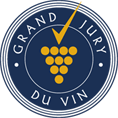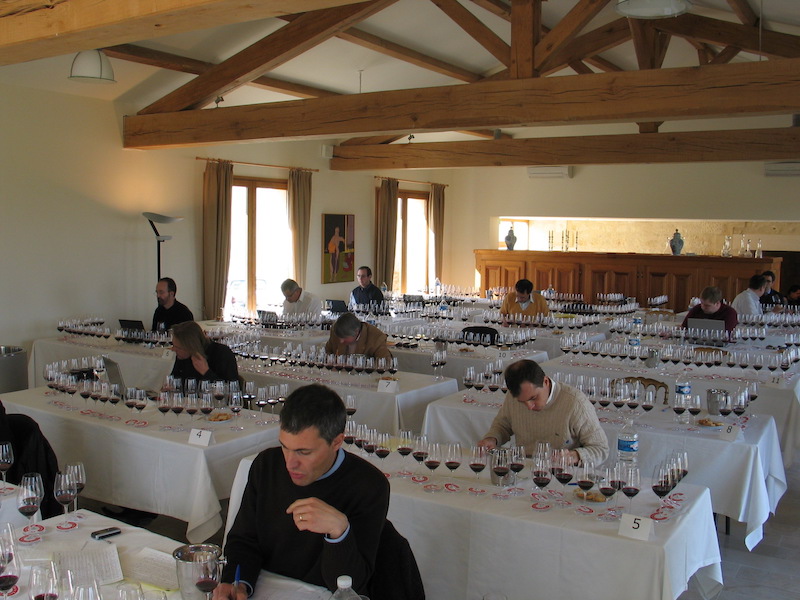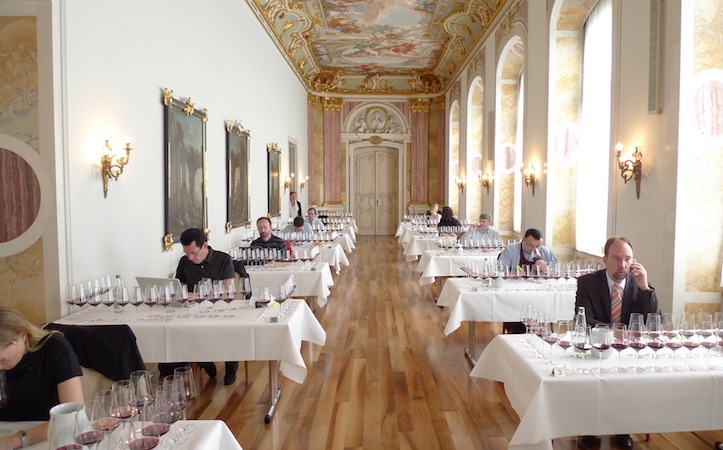Collective Tastings
The tastings are carried out blind by a panel of qualified tasters, under the supervision of an inspector.
The session follows a precise protocol that is essential to the success of the tasting:
- consistent selection of wines on a given theme
- a minimum number of 6 experts
- a maximum of 30 wines tasted per half day
- blind tastings: only the theme and vintage are known
- the wines are purchased on the market
- the order in which the wines is tasted is selected randomly by the inspection body
- a guarantee of consistency with the blending of two bottles if the session involves more than 15 tasters
- the processing of the scores by an external, independent internationally recognized body
- a different order of tasting for each taster.
Collective versus individual tasting.
If properly statistically processed, collective tasting enables an immediate comparison of the various tasters’ profiles. The richness of the analysis is incomparable. Having twenty tasters taste the same bottles on the same day enables the establishment of twenty parallel rankings, and of the consensus and divergence between them. The analysis of the consensus and divergence is more valuable than any number of rankings.
Furthermore, the methods enable a reliable, qualified classification. Two wines can have the same score for different reasons, for smoothness or for austere elegance for example. A comparison of assessments offers a more reliable positioning of a wine than an individual tasting. The analysis of contrasts remains the safest method of analysis.
This approach to tasting has significant consequences for the composition of juries. Many think that a jury should be uniform, each taster a “clone” of the ideal taster: what could be better? But this ignores the variety of wines, their complexity and their diverse flavours. Tasting juries should rather reflect the diversity of consumer tastes.


